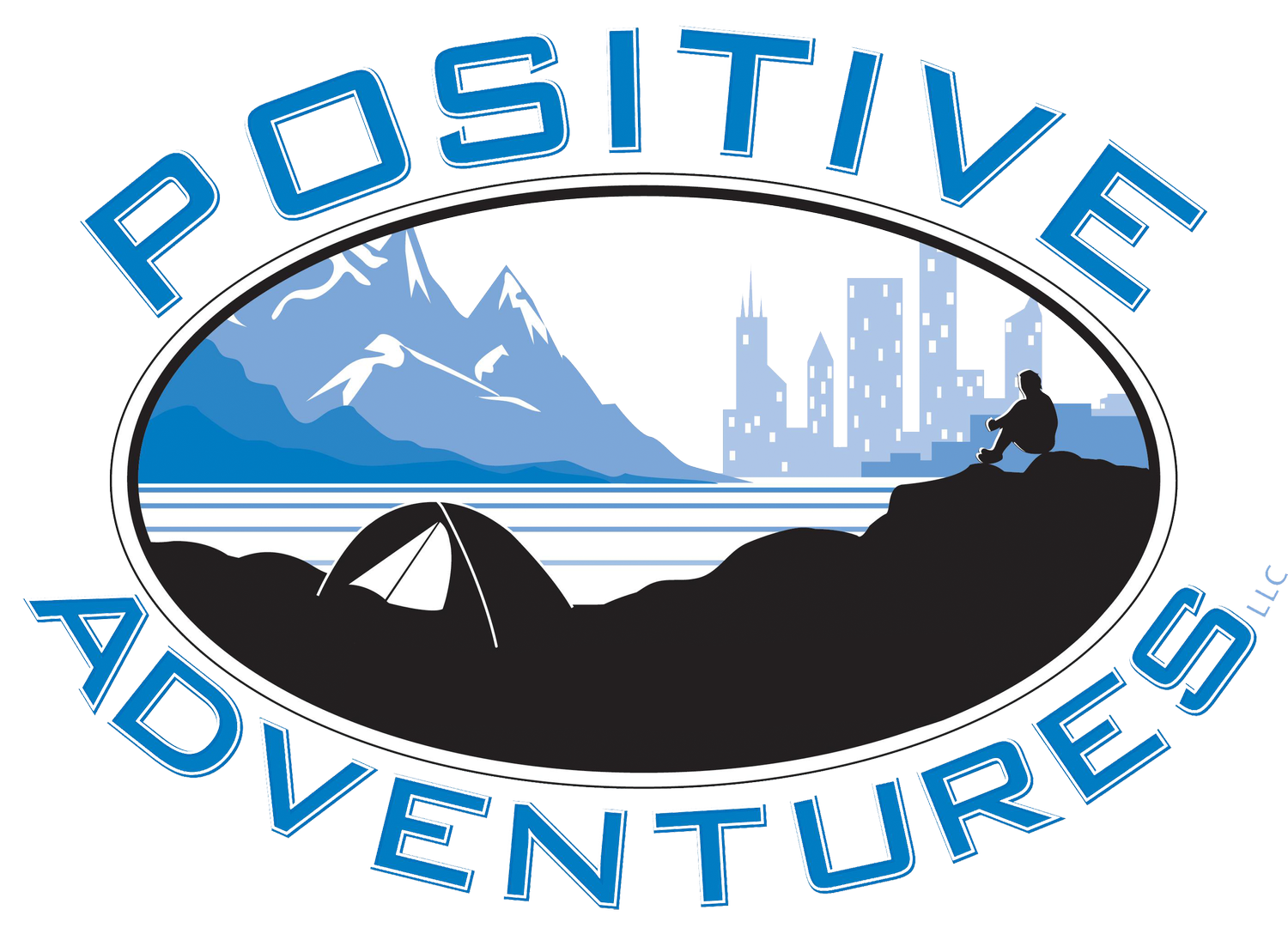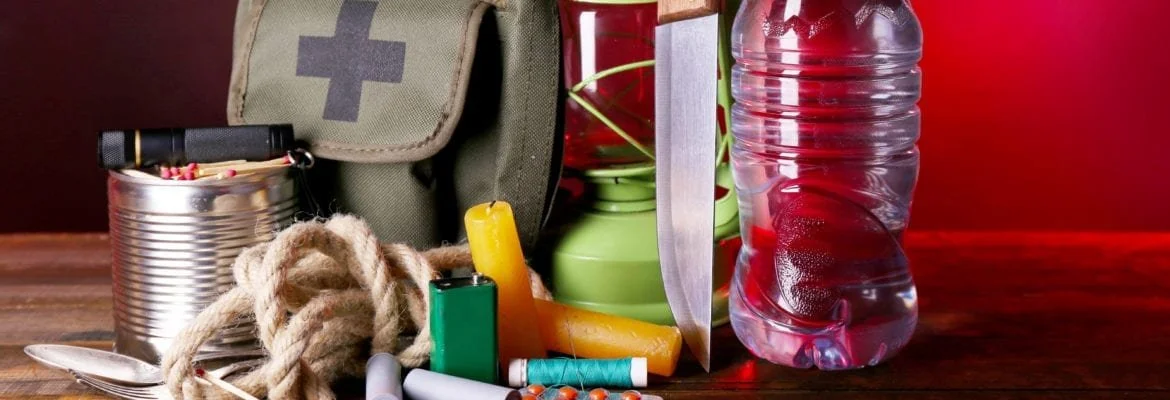Emergency Preparedness: What You Need to Know
With the growing occurrence of devastating storms, wildfires, and other natural disasters, it’s time to ask yourself: Am I prepared for an emergency? And while hurricanes and flash floods are among the more extreme examples, ordinary people are put into extraordinary situations all the time.
Whether your car breaks down on a remote stretch of highway, you wake up to the sound of a smoke alarm, or you get lost on a hike, knowing what to do can be the difference between life and death. If you aren’t prepared before an emergency, it may be too late.
We’ve put together some of the fundamentals, as well as a few situationally specific tips to help prepare you for just about any emergency.
Keep Calm
The first and most important rule is to stay calm. When you begin to panic, the body’s natural “fight or flight” reaction kicks in, and your ability to think rationally and logically is greatly diminished. And attitudes are contagious. A group that is calm and goal-oriented will be safer and better equipped to handle an emergency than a group in panic.
There are a few things you can do to prepare yourself. The first step is to gain as much useful knowledge as you can, before you’re facing a crisis. Do you know CPR or how to stop bleeding? Where is the safest place to be during an earthquake?
Knowing what to do allows you to prioritize goals, and gives you actionable tasks to complete, which will help keep you and your companions calm.
Assess and Execute
Armed with knowledge, you can then move on to goal-oriented execution. Humans perform better in stressful situations when they have clear tasks to accomplish. Assess the steps you’ll need to take, and then execute them. This will inhibit your emotional reaction, which is exactly what you want during a crisis.
Stock Up the Right Gear
Another way to be prepared is to have supplies for both an extended stay wherever you are and a quick exit. We like to call these our siege supplies and our go bag.
In the event you become trapped in your home for an extended period of time, you’ll want to make sure you have everything you need. The rule of thumb is to have enough food and water for at least 3 days for everyone in the group. You’ll also need provisions for your pets, a first aid kit, a radio, a flashlight, and plenty of batteries.
You should assume that electricity won’t be available, and store foods that don’t require heat or refrigeration. You can also get by with a camp stove and do some indoor camping. In the event of a health crisis, natural disaster, or other situation, make sure you’re set to hunker down until help arrives.
On the other hand, you may need to leave home quickly, with little time, if any, to pack. This is when it’s critical to have a go bag, or what many call a “bug-out bag”. If you need to leave in a hurry, you should be prepared to be on your own for a few days. The 10 essentials are a great start, but what you pack will depend on your group and location.
You’ll want many of the things we mentioned earlier: food and water, radio, first aid kit, etc. You’ll also want to keep some emergency cash on hand, any prescription medication or baby formula, and copies of any important documents. Make sure to pack a bag for each member of the family/group and keep them in an easily accessible place. If the worst happens, you’ll be ready.
Prepare as a Team
Working with your children is another way to be ready for a crisis. Hundreds of thousands of children are reported missing each year. You can keep them safe and prepared by doing some basic outdoor education training. This should start at a young age, with fire drills and practicing 911 information. Do your young children know their address? Could they call 911 if a parent was unresponsive?
Fire drills for your family are also extremely important. Make sure everyone knows the best escape routes and where to meet. Assign responsibility for any family members who will need help exiting the house. And NEVER GO BACK INTO A BURNING BUILDING. Looking at you, Jack Pearson.
You can also teach children early about the dangers of talking to strangers, which neighbors they can go to for help, and how staying put if they get lost is the best way for them to be found. If you’re worrying about the little ones, you won’t be able to focus on the tasks at hand. Set them up for success by teaching them the basics early and often.
Bonus Tips
Whether you’re lost in the woods, hunkering down during a storm, or on the move to escape a wildfire, attitude is everything. Stay calm, but also stay positive. Focus on the problems you can solve, instead of the problems you can’t. Avoid considering the “what if” scenarios and focus on the present. And don’t be afraid to laugh. A joke, story, or game can help everyone relax, especially kids. If you’re settled in for a while, find something to do. Positive thinking will go a long way.
With these things in mind, here’s a bonus list of tips and info that we hope you never need, but will come in handy if you do.
In an earthquake, the safest thing to do is drop to the ground, take cover, and hold on. The greatest risk of injury comes from falling or flying objects.
Make sure you tell someone where you’ll be when you go hiking. If you become lost, STOP. Study, think, observe, and plan.
If you’re under a flood warning, stay put. It only takes 6 inches of water to knock you over, and only a foot to wash out your car.
Alcohol (80 proof or higher), lemon, and white vinegar can all be used as antibacterial disinfectants to sanitize wounds.
You can download maps and use the GPS on your phone even when you don’t have service. If you know where you’ll be, download the map.
In a pinch, you can filter water through a bandana or t-shirt, then boil for at least one minute for safe drinking water. In higher elevation, you’ll need to boil 3 to 5 minutes.
You can use a fuel stabilizer to keep gasoline stored for 6-8 months. In a major catastrophe, fuel can become hard to find. Keep a few spare gallons so you don’t get stranded.
For burns, don’t use butter or ice. Run cool water over the burn, then use a moist compress. Surface burns should not be bandaged.
If you encounter a bear in the wild, don’t play dead. Identify yourself in a gentle tone, and back away slowly.
Always have extra socks. Moisture is your enemy and can lead to dangerous infections and wounds that restrict your mobility.
Honey, ginger, and garlic can each be used to treat wounds and draw out infection. If your kit is running low, nature often offers an alternative.
Bras can make effective debris masks. If air quality is low, odds are that someone in your group will have the solution.
If someone is having a stroke, call 911 immediately, and note the time of the stroke. DON’T give any medicine unless instructed to do so.
If you’re having a heart attack, chew and swallow an aspirin. Call 911 first, and don’t drive yourself unless you have no other option. You’ll be putting yourself and others in danger.
For an allergic reaction resulting in anaphylaxis, call 911, ask if the person has an EpiPen, and loosen any tight clothing. Be prepared for CPR if breathing stops.
If someone is drowning, swimming out to them should be a last resort, even for a seasoned swimmer. Try to reach them or throw a flotation device before attempting to rescue a flailing victim.
The use of the stars or the growth of moss on trees for navigation depends on where you are on the globe. It’s best to carry a compass rather than relying on these methods.
Contrary to what you may have heard, there is no foolproof way to identify a venomous snake. There are exceptions to every identifying marker. It’s best to avoid them.
In the event of an outbreak, remember that zombies are slow and uncoordinated. You don’t need to run full speed to escape them. Simply keep a steady pace and watch your step. Just kidding…
Outdoor Emergency Resources
We require our Outdoor Education Facilitators to become Wilderness First Aid (WFA) certified and take a Wilderness First Responder (WFR) course if entering the backcountry. You can find WFA courses in your area here. And upcoming WFR courses here.
Know the 10 essentials, buy them, and have them on you at all times. In the trunk of your car, on any outdoor adventure, and stocked up in your house.
Shelter is one of the most important things you’ll need if you’re going to be in the wild overnight. Make sure you choose the right type and location for your needs.
Clean water is an absolute must-have. Humans can only survive 3 days without water, so make sure you keep a water filtration system handy.
Weather can make or break your time in the outdoors. A sudden drop in temperature can quickly lead to hypothermia, and heat can drain your body of precious resources while leaving a nasty burn. Make sure you’re prepared for all kinds of weather.
If you become lost, injured, or stranded, you’ll need a way of signaling for help. Some methods include whistles, mirrors, or fire. Remember that three blasts of a whistle signals distress.
Fire is important for warmth, light, and cooking. It’s important to have a few methods of lighting a fire, as well as making sure you have the right fuel. Most important, however, is fire safety.
You’ll also want to create a checklist to make sure you don’t leave anything behind. There’s nothing worse than arriving to a campsite without what you need.



